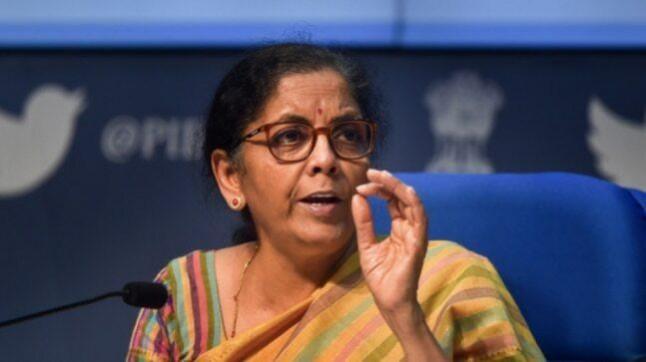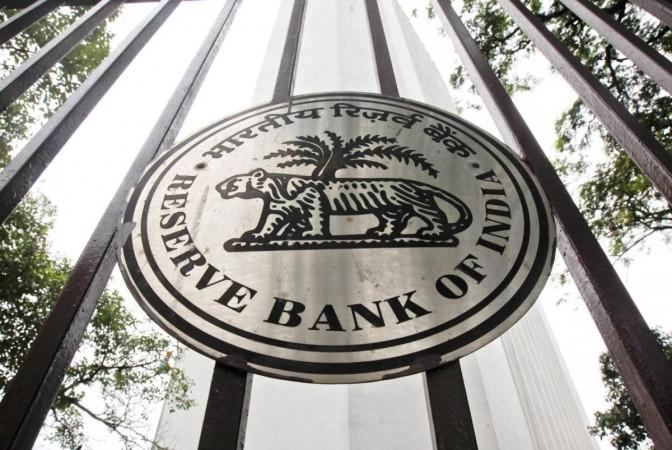Earlier this week, Finance Minister announced the formation of National Asset Reconstruction Company Limited (NARCL). The announcement was a part of the Union Budget that was presented in February this year.
This company will buy stressed assets totaling Rs 2 lakh crore from a number of commercial banks in stages. The stressed assets would then be sold in the market by another business, India Debt Resolution Company Ltd (IDRCL), which has also been established.
This structure of NARCL-IDRCL is known as 'Bad Bank'. Moreover, the central government has also approved Rs 30,600 crore as a guarantee. A 'Bad Bank' is a business structure that separates banks' riskier assets into a separate organization. It is created with the goal of purchasing non-performing assets (NPAs) from a bank at a price specified by the bad bank.

What is the need for a 'Bad Bank'?
Non-performing assets (NPAs) or bad loans of banks have declined stood at Rs 8.34 lakh crore at the end of March 31, 2021. When the Reserve Bank of India (RBI) started a strict scrutinizing of the books of banks the bad loans started rising at an alarming rate. It rose to its highest level in 2016.
These high NPAs in the financial sector were affecting the flow of liquidity in the market hence growth. In order to find out the bad loans and giving them to a dedicated company, the idea of a bad bank was mooted in the Economic Survey of 2016.

Function of the Bad Bank
In the first step, NARCL will purchase bad loans from the bank after which it would pay 15% of the agreed price in cash. The 85% of the remaining amount will be in form of 'Security Receipts'. Further, when the assets are sold in the market the commercial banks will be paid back the amount. In case, the bad bank is unable to sell the bad loan or sells at a loss, the government guarantee will be invoked.

















